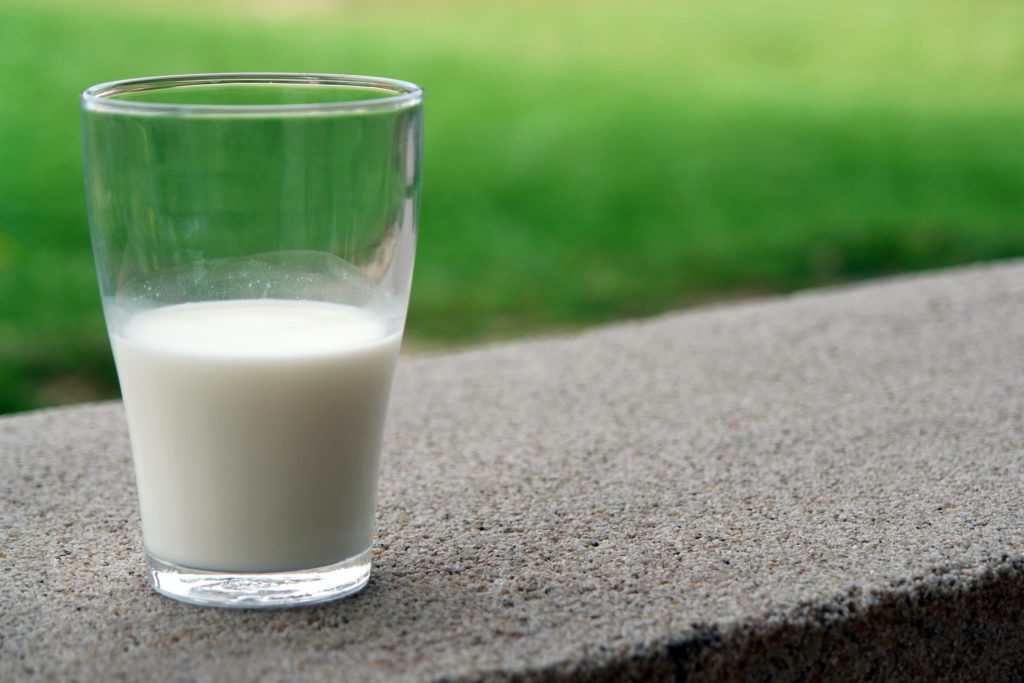Most dairy commodity prices have been rallying in Q2 2018, according to Rabobank, with mixed results across regions and products. And combined milk supply growth across the Big Seven dairy producers has stalled with the pace of growth below expectations through the Northern Hemisphere spring peak.
There has been buoyant demand for butterfat and cheese prices which has led to reasonably good prices, according to the latest Rabobank report “Dairy Quarterly Q2 2018: Steady as She Goes…For Now.”
It says that during the second quarter of 2018, combined milk supply growth of the Big 7 exporting regions came to a near standstill as output increased by just 0.5 percent year-on-year.
This is the lowest since the end of 2016 and comes despite the fact that Northern Hemisphere production is in full swing and New Zealand has a better finish to the season which has been heavily affected by the weather.
Meanwhile, year-on-year growth in Europe and the US failed to meet market expectations, which set the tone for a more bullish market, according to Rabobank.
“Global butter markets continue to be elevated and act as a constant underlying force in the dairy markets,” says Rabobank’s Michael Harvey, Senior Analyst – Dairy.
“The European butter prices have rallied, but have yet to hit 2017 record highs. However, 2017 price levels are likely to be tested during 2H 2018.”
Combined global milk supply across the significant export regions is expected to grow, albeit at a very modest rate of 0.4 percent in Q3 2018. And, year-on-year growth in the net exportable surplus from the Big 7 will be limited in the second half of 2018, before gaining some momentum in Q1 2019.
Rabobank says that global dairy markets are entering a period of relative stability in the second half of 2018, as long as there is no major disruptive event.
Dairy commodity prices are expected to be largely range bound. But it is not all clear skies ahead for global commodity markets. While some inroads have been made clearing EU intervention stocks, 300,000 tons of uncommitted skimmed milk powder (SMP) remain. In addition, US non-fat dry milk stocks are higher than the prior year, while India has a growing stockpile of SMP.
What to watch in Q3 and Q4, according to Rabobank
According to Rabobank’s report, there are several factors to watch out for in Q3 and Q4 2018.
Mycoplasma bovis disease: This relates to New Zealand cows. Under the government’s phases eradication plan, 126,000 cows are tagged to be culled, in addition to the 23,000 that have already left the sector. The targeted cull will not shift the global market balance but further testing of the herd will take place and an increase in the number of infected cows could prompt production forecast revisions.
Trade Wars: Trade war tensions are escalating. Mexico imposed regulatory tariffs on US cheese exports, Canada lifted tariff rates on some US products and rumors abound that Russia is banning Belarusian exports. A close watch also remains on Iranian sanctions.
SMP stock liquidation: The European Commission has reduced SMP intervention stocks by 76,000 tons since the start of the year. An additional 145,000 tons, will be offered on June 19. A significant industry buy-in and an acceptance of bids by the EC would boost the SMP markets and reduce European holdings by more than 50 percent since January 2018.
Dairy farm margins: Dairy farm margins across the exports regions remain under pressure. Despite price improvements, dry conditions are emerging at a critical time for major crop developments. Rising feed costs threaten to offset rising milk prices.
Oil prices: Rabobank expects oil prices to retreat from the current levels but to remain elevated. Higher oil prices can support dairy demand in importing countries but also contribute to higher import costs for dairy producers and reduce consumers’ disposable income in oil-importing countries.
China standards: China is in the process of revising national food safety standards for raw milk, pasteurized milk, sterilized milk, UHT and possible modified milk, including the testing method for identifying the use of recombined milk in pasteurized and sterilized products. Under the proposed standards, recombined milk (from powder) will be excluded as an ingredient in sterilized milk.
Article sourced from www.foodingredientsfirst.com






